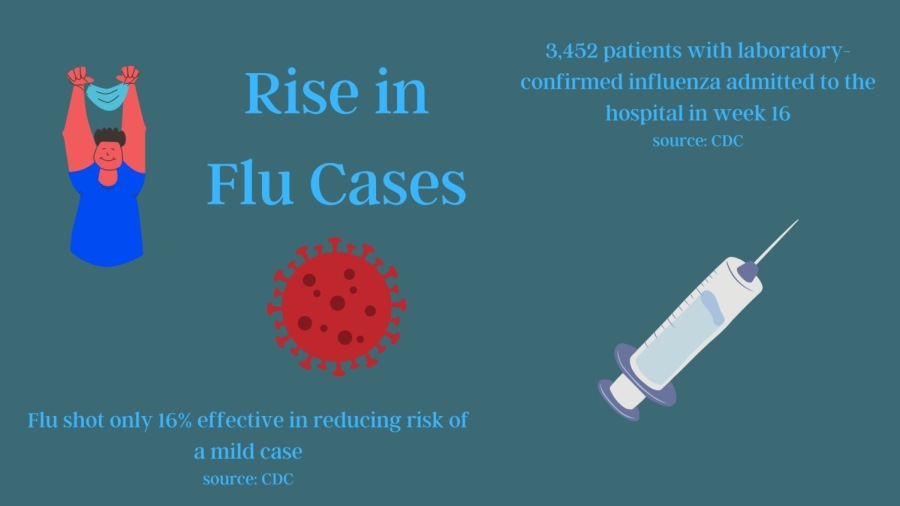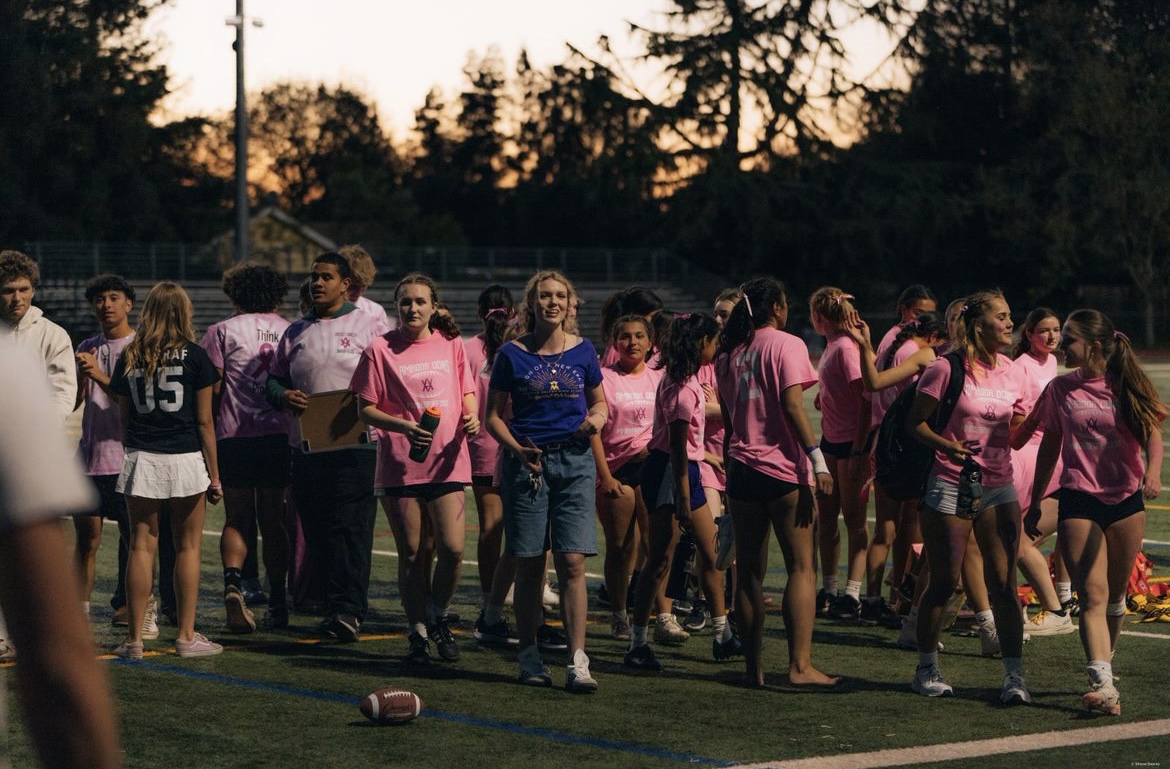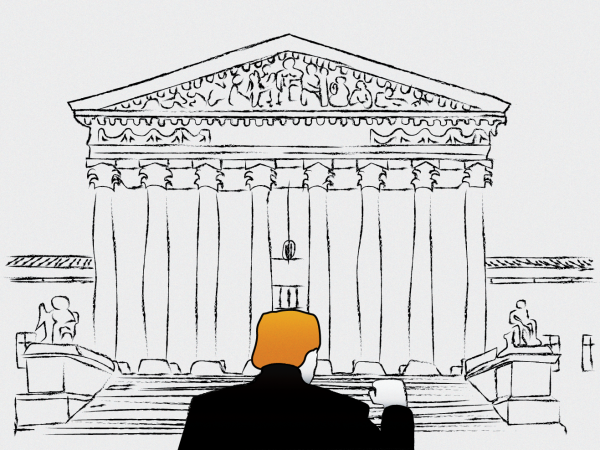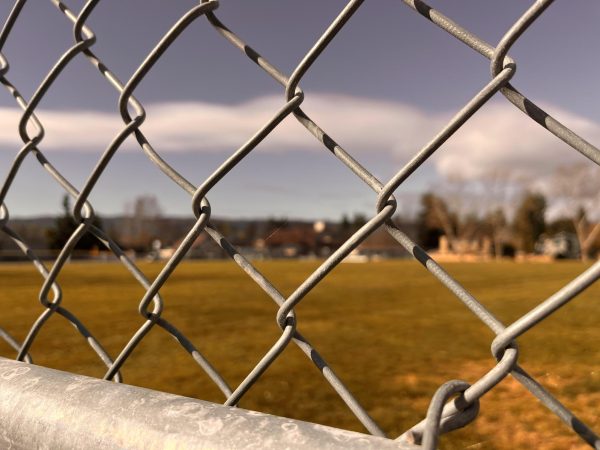Less COVID restrictions leads to more flu cases
May 31, 2022
As Covid cases have stabled out–regulations have been eased–including masks coming off all around the country. Through the past few years of strict quarantines, mask policies, and social distancing, the flu virtually disappeared, but it has come back from the shadows, invoking a worry for many.
“In March when we first took off our masks, we didn’t see a huge impact. Then the first week coming back from spring break we were thinking that things were okay, and then the second week after spring break things started to go a little more haywire, and we definitely saw more illness,” said Amador Health Services, Assistant Pam Lucero.
With almost three-fourths of the United States’ population living in areas where masks are advised but optional, flu cases have been rising since March 5th. The ease of many restrictions and turning in a direction towards normalcy has brought back a forgotten consequence that became an afterthought with Covid.
“In general, flu cases are lower than in previous years because the mask helps prevent the spread of droplets that carry the influenza virus,” said Biology teacher, Cora Da Costa Pereira.
Although the number of flu cases and flu hospitalizations have not reached the height of pre-pandemic levels, it is the quick turn in direction of masks and socially distancing being eased that worries people. Flu immunity has greatly decreased due to protections from Covid restrictions. People build up their immunity by their bodies fighting off the flu, but the slow spread has taken away the opportunity to build immunity.
“The flu virus mutates pretty rapidly, so the reason why we have a yearly flu vaccine is to try and prevent a severe case of influenza, whatever the new strain is for the year…They start making the flu vaccine around April and take their best guess as to which one will be the dominant [strain] coming the fall and winter, and sometimes they guess correctly,” said Da Costa.
The flu shot takes a dead or weakened form of the virus, and they inject it into the body so the body is able to make antibodies against the virus and has a headstart in combating the virus. What makes the flu so dangerous is its ability to quickly mutate, and these mutations have caused the flu shot to not be as effective in combating the virus.
“We become immune to one strain and then the virus mutates, and then we are not immune to the new strain,” said Da Costa.
While the flu is something we have learned to live with, it doesn’t take away from the fact that it is still a deadly virus with real consequences if not taken seriously.
“Although the flu season is ending, there is definitely a chance we can still see increasing numbers, and we need to watch out for the next flu season,” said AP biology student, Tyler Kubo (‘23).















